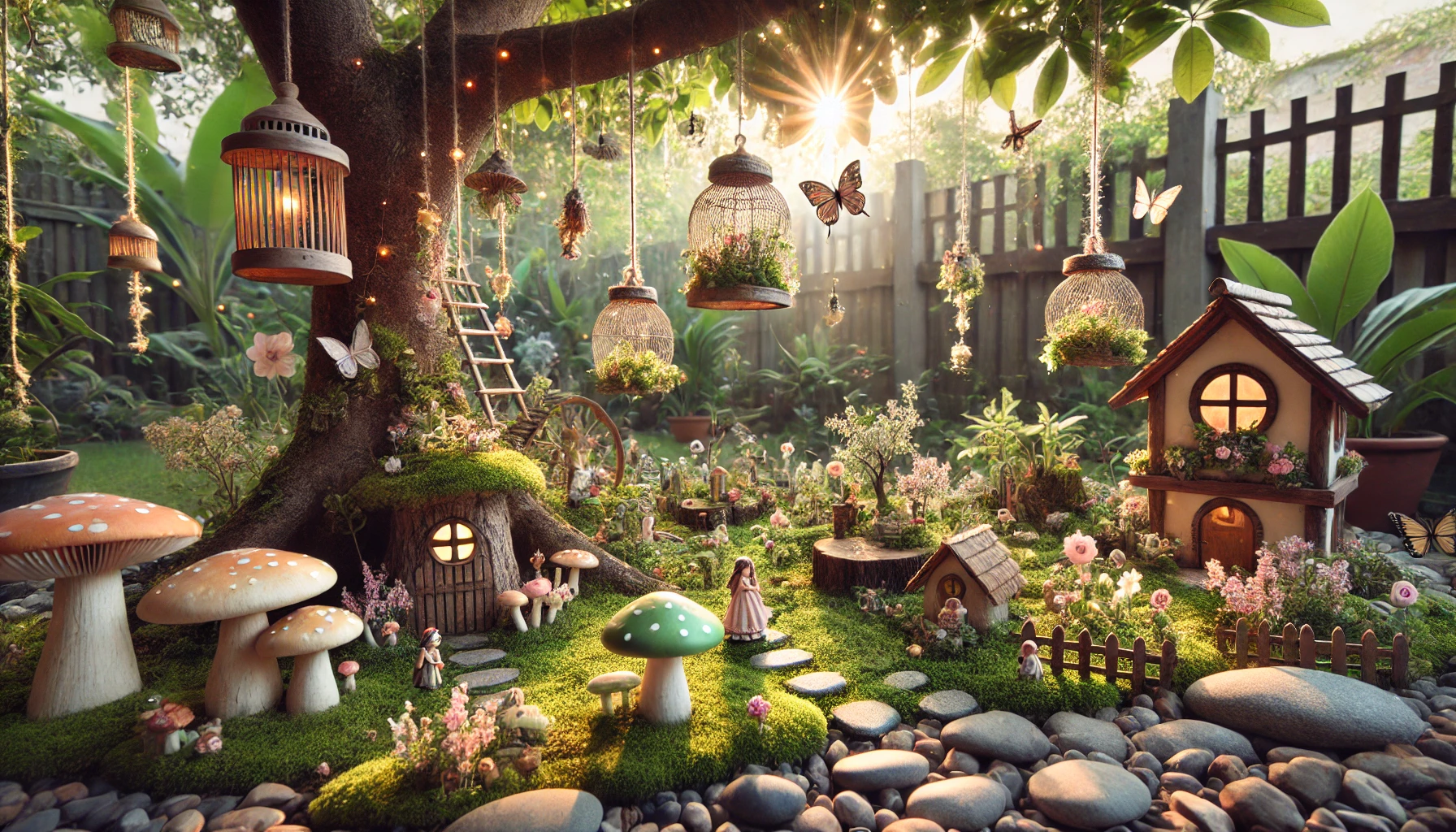Children learn best through hands-on play, repetition, and real-life application. Teaching time isn’t just about reading clocks; it’s about helping kids feel the passage of time. Whether you’re homeschooling or looking for engaging weekend activities, these creative countdown ideas will keep them curious, active, and learning.
Understanding time helps kids manage routines, prepare for transitions, and build patience. These craft-centered and activity-based methods are designed to make time fun and tangible.
1. Make a Paper Plate Clock
Materials Needed:
- Paper plate
- Split pin
- Two arrow-shaped hands (paper or cardstock)
- Markers
Draw the clock face together and walk your child through the numbers. Attach the hour and minute hands with the split pin. Practice setting the time to match daily tasks—“Let’s point to 7:00 for breakfast time.”
Teaching Tip: Use it every morning to match the real clock. Ask questions like, “What time do we leave for school?” and have them move the hands accordingly.
2. Create a Visual Countdown Chain
Materials Needed:
- Colored paper
- Scissors
- Glue or tape
- Marker
Cut strips of paper and write one activity per strip: “brush teeth,” “put on pajamas,” “storytime,” etc. Link them together into a chain. Each day or step, your child removes a link.
This method builds anticipation and gives a sense of time passing. Use different colors to indicate how long each activity takes. For instance, blue = 10 minutes, yellow = 5 minutes.
3. Time with Sensory Bottles
Materials Needed:
- Empty plastic bottle
- Glitter
- Water
- Food coloring
- Clear glue
Fill the bottle with warm water, glitter, and glue. Shake it, set it down, and time how long it takes the glitter to settle. This acts as a calming timer. It’s especially effective for “quiet time” or “one-minute reflection.”
Ask your child to complete a task before the glitter settles. “Can you put your shoes on before the glitter stops swirling?”
4. DIY Hourglass from Recycled Materials
Materials Needed:
- Two small plastic bottles
- Dry sand or salt
- Duct tape
- Timer
Fill one bottle halfway with sand, tape the two necks together tightly, flip it, and observe. Use a real timer to see how long the sand takes to flow. Mark that time and use the hourglass as a repeatable timer for tasks—“You have one hourglass to tidy your room.”
This introduces time measurement through visual progression. Adjust the amount of sand to change the duration.
5. Time-Based Chore Bingo
Materials Needed:
- Printable bingo sheet
- Stickers
- Timer
Design a bingo card with household chores or daily activities. Each square should include a chore and a set time: “Put toys away (5 min),” “Wipe the table (3 min),” etc.
Set the timer and challenge your child to beat the clock. Once a square is done within the time limit, add a sticker. A full row earns a small reward or privilege.
This builds a healthy relationship with responsibility and pacing.
6. Countdown Clock for Big Events
Materials Needed:
- Wall calendar
- Marker
- Stickers or washi tape
For birthdays, holidays, or visits from relatives, counting down helps manage anticipation. Let your child decorate the countdown area on the calendar and check off each day.
Ask them questions like, “How many days until your birthday?” or “What number comes after 13?” This subtly reinforces calendar math.
7. Digital Tools as Teaching Aids
Mix crafts with tech. During certain activities, use an online alarm to mark time boundaries. For example, “We’ll play with clay until the alarm rings.” The sound becomes a cue for transitions, offering consistency without needing a parent to interrupt.
Use it for nap times, quiet sessions, or to pace a crafting session: “Let’s set the alarm for 20 minutes and build as many paper flowers as we can.”
8. Craft a Time Travel Journal
Materials Needed:
- Notebook
- Crayons or colored pencils
- Glue
- Photos or stickers
Each day, log what your child did and what time they did it. Include drawings, glued ticket stubs, or simple sentences like, “We made banana muffins at 10 AM.” This builds narrative skills and chronological awareness.
At the end of the week, flip through it to reinforce sequencing: “Which came first—park or painting?”
9. Make a Clock Puzzle
Materials Needed:
- Cardboard
- Markers
- Scissors
Draw a large clock face on cardboard. Cut it into puzzle pieces, each with a time-related clue: “Dinner time,” “Bedtime,” “Story time.” Reassemble the puzzle by matching clues to the right hour.
For older kids, add digital time equivalents for extra challenge.
10. Movement-Based Time Games
Incorporate gross motor skills with time concepts:
- “Minute to Win It” Games: One-minute challenges like stacking cups or jumping jacks.
- “What’s the Time, Mr. Fox?”: A classic game that teaches time in a fun, active setting.
- Timed scavenger hunts: “You have 10 minutes to find something blue, something round, and something soft.”
These encourage physical energy release while practicing time estimates and countdowns.
Why It Works
Kids grasp abstract ideas through play, color, movement, and storytelling. By tying time lessons to crafts and games, you turn passive instruction into engaged learning. These projects don’t require high-end materials or long prep time. Many can be done using recyclables or items you already have at home.
Whether your child struggles with transitions or is just starting to ask “What time is it?”, these countdown-based activities make learning hands-on and rewarding.
Time is invisible, but with glue, glitter, paper, and purpose, it becomes something they can hold, shape, and eventually master.




